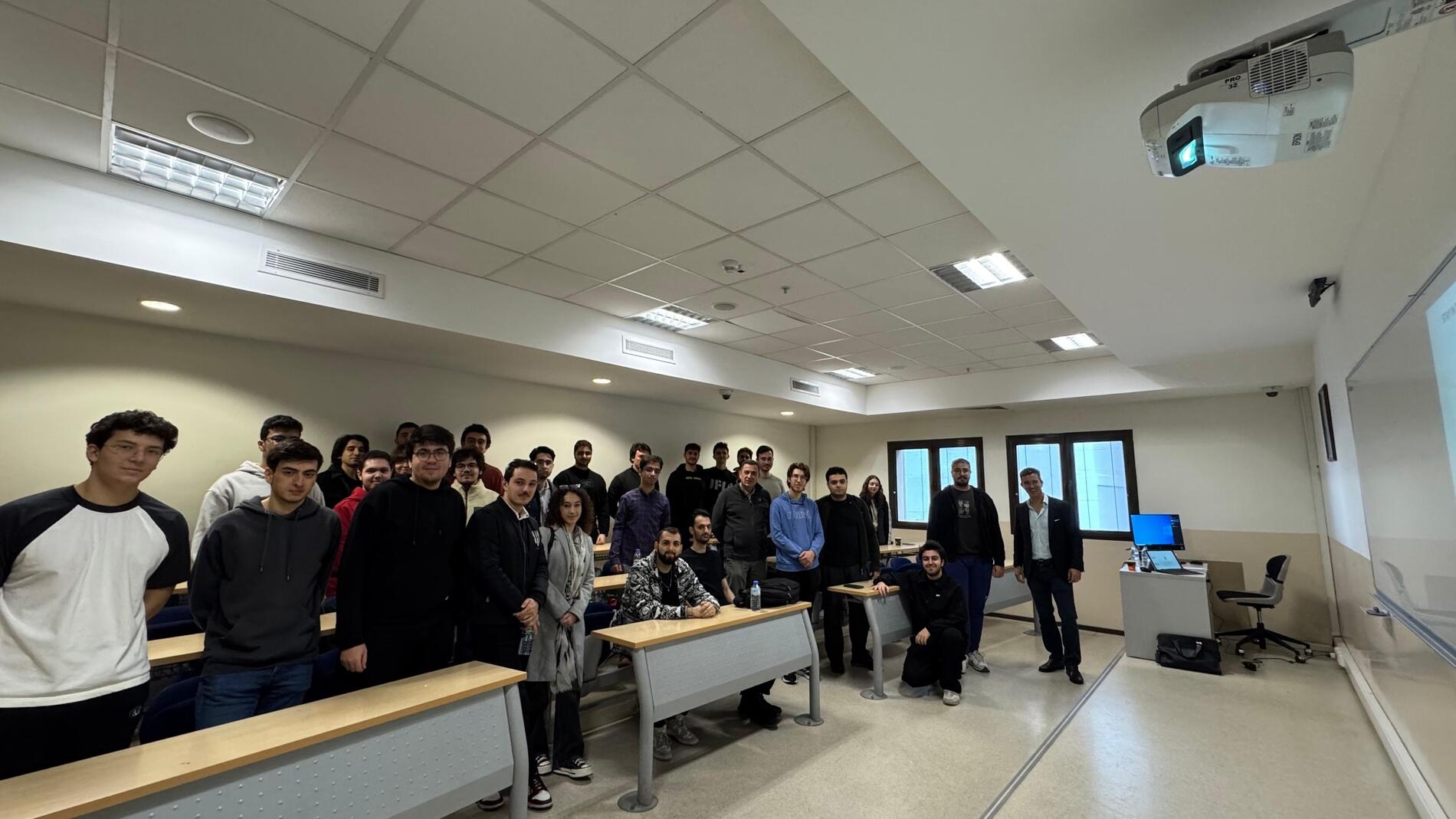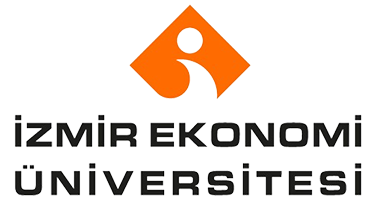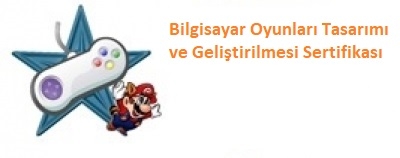
Ruby, Rails ve HOTWIRE ile Modern Web/Mobil Uygulamaları Geliştirme Eğitimi Gerçekleşti
Mühendislik Fakültesi Yazılım Mühendisliği Bölümü tarafından düzenlenen Ruby, Rails ve HOTWIRE ile Modern Web/Mobil Uygulamaları Geliştirme etkinliği başarıyla gerçekleştirilmiştir. Etkinlik kapsamında sektörden ...

İzmir Ekonomi Üniversitesi Bilgi Teknolojileri Hackathon Etkinliği
İzmir Ekonomi Üniversitesi IT Hackathon'u, 21-22 Aralık 2024 tarihlerinde üniversitenin “Create in İzmir” AB Projesi kapsamında 22 öğrencimizin katılımıyla gerçekleştirildi. ...

broadAngle İzmir Ekonomi Üniversitesi’nde
Amerika ve İzmir’de faaliyet gösteren yazılım firmalarından broadAngle’ın kurucu ortağı ve CEO’su Garrison Atkisson ile İEÜ 2017 mezunu kıdemli yazılım mühendisi ...





